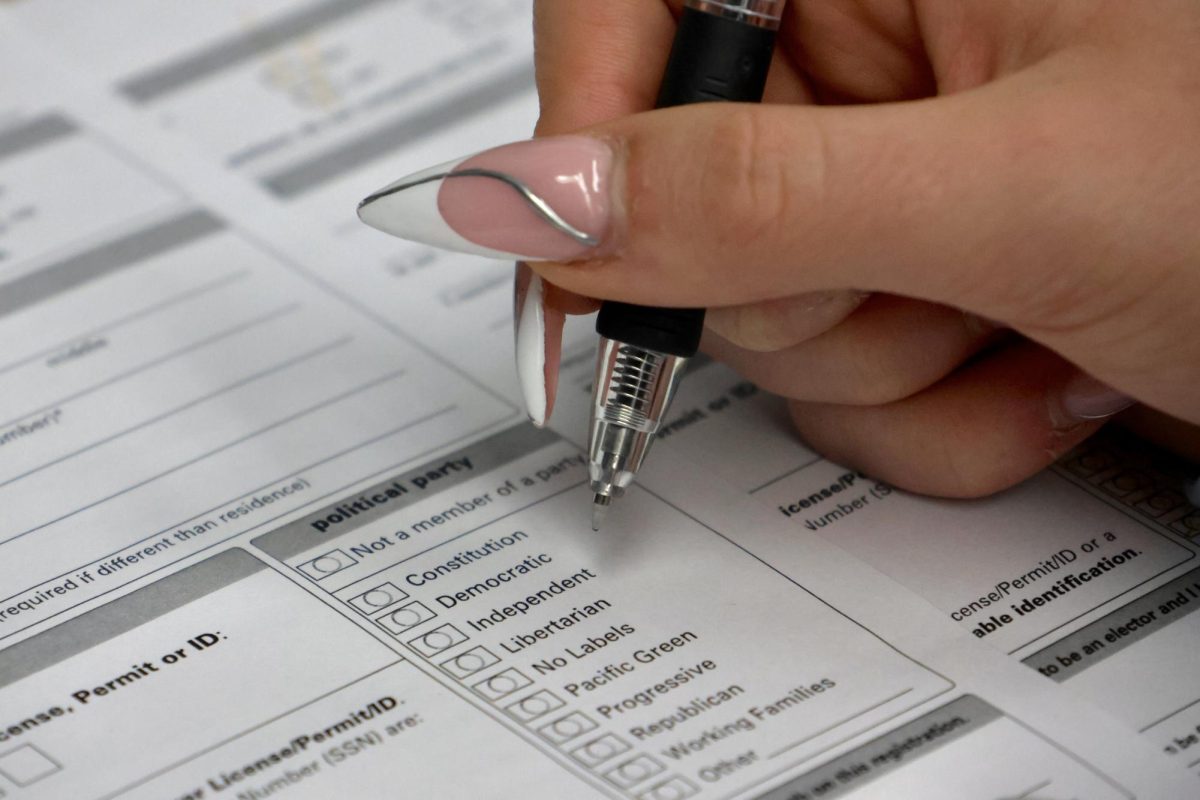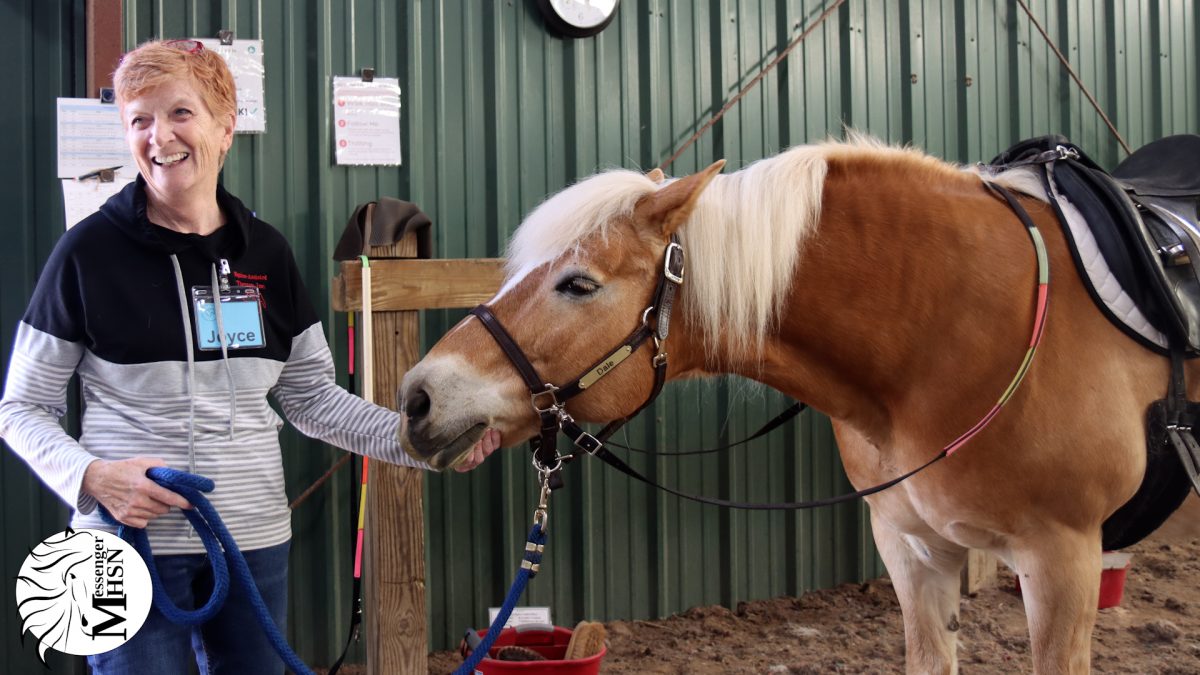This year, Austin experienced its hottest summer on record, reaching triple digits for 45 days in a row. With only 1.31 inches of rainfall, the season was also the driest the city has been in 113 years. Throughout the 78 100-plus degree days in 2023, Austinites have been forced to accept the unfortunate truth: Texas is only going to get hotter.
As we adjust to life in a triple-digit dystopia, it’s clear that reversing the effects of climate change isn’t a realistic goal. Instead, Policymakers should assume the worst about climate when deciding infrastructure and spending by planning for and expecting extreme weather conditions.
As we adjust to life in a triple-digit dystopia, it’s clear that reversing the effects of climate change isn’t a realistic goal.
In an investigative report done by KXAN, it was found that the Lower Colorado River Authority (LCRA), which manages the water supply of at least 1 million residents, does not have a management plan that considers climate change. The LCRA is using Texas’ worst drought in history as a benchmark, not on predictions of future (and worse) drought conditions expected by climatologists. Instead of using readily available statistics that map out the future of Texas weather, the LRCA is relying on years-old data that has become obsolete in the face of climate change. As cities issue severe water restrictions and Senate Bill 28 becomes a law, putting more than $1 billion toward updating water infrastructure, Texas is moving in the right direction. But for life in a radar red zone to be tolerable, proactivity is needed far beyond water infrastructure.
McCallum students arrived on the first day of school to a building with a broken air conditioning system. Whether sweating buckets during a lecture or feeling frozen during a test, weather has an undeniable impact on learning. Although the district has funded short-term fixes like the temporary units placed in rooms that face frequent outages, this is not enough to keep students safe in record-breaking climate conditions.
Further, due to AISD heat guidelines, athletes were forced to cancel outdoor practices due to unsafe heat conditions well into September. Many schools, including McCallum, have limited space for athletics indoors, often leaving teams with nowhere to practice and giving schools with better facilities a game time advantage. Although turf fields are allocated for in the 2022 AISD Bond modernizations, they attract heat and can be dangerous, occasionally melting cleats or causing burns. Instead, Districts should build more indoor practice and game facilities that will be necessary for the inevitable future of fall sports.
Legislators and policymakers need to heed the warnings of experts and plan for worst-case weather scenarios before they come knocking on our door
But it’s not just heat-related issues that need to be planned for. In two of the past three winters, Austin residents have lost power due to extreme snow and ice storms. In both cases, some residents were left without heat or water for days before such necessities were restored. On Sept. 24, Austin and surrounding areas experienced an extreme storm with baseball-sized hail that not only damaged property and vehicles but also caused some homes to briefly lose power. Time and again, it has been proven that the Texas power grid just can’t sustain its residents under current climate conditions.
From water shortages to indoor facilities to power security, it is clear that Texas does not currently have the policy or infrastructure to adequately protect residents in the face of increasing climate threats. Legislators and policymakers need to heed the warnings of experts and plan for worst-case weather scenarios before they come knocking on our door.
This story was originally published on The Shield Online on November 10, 2023.





![With the AISD rank and GPA discrepancies, some students had significant changes to their stats. College and career counselor Camille Nix worked with students to appeal their college decisions if they got rejected from schools depending on their previous stats before getting updated. Students worked with Nix to update schools on their new stats in order to fully get their appropriate decisions. “Those who already were accepted [won’t be affected], but it could factor in if a student appeals their initial decision,” Principal Andy Baxa said.](https://bestofsno.com/wp-content/uploads/2024/05/53674616658_18d367e00f_o-1200x676.jpg)






![Junior Mia Milicevic practices her forehand at tennis practice with the WJ girls tennis team. “Sometimes I don’t like [tennis] because you’re alone but most of the time, I do like it for that reason because it really is just you out there. I do experience being part of a team at WJ but in tournaments and when I’m playing outside of school, I like that rush when I win a point because I did it all by myself, Milicevic said. (Courtesy Mia Milicevic)](https://bestofsno.com/wp-content/uploads/2024/06/c54807e1-6ab6-4b0b-9c65-bfa256bc7587.jpg)








![The Jaguar student section sits down while the girls basketball team plays in the Great Eight game at the Denver Coliseum against Valor Christian High School Feb. 29. Many students who participated in the boys basketball student section prior to the girls basketball game left before half-time. I think it [the student section] plays a huge role because we actually had a decent crowd at a ranch game. I think that was the only time we had like a student section. And the energy was just awesome, varsity pointing and shooting guard Brooke Harding ‘25 said. I dont expect much from them [the Golden Boys] at all. But the fact that they left at the Elite Eight game when they were already there is honestly mind blowing to me.](https://bestofsno.com/wp-content/uploads/2024/05/IMG_7517-e1716250578550-900x1200.jpeg)









![BACKGROUND IN THE BUSINESS: Dressed by junior designer Kaitlyn Gerrie, senior Chamila Muñoz took to the “Dreamland” runway this past weekend. While it was her first time participating in the McCallum fashion show, Muñoz isn’t new to the modeling world.
I modeled here and there when I was a lot younger, maybe five or six [years old] for some jewelry brands and small businesses, but not much in recent years,” Muñoz said.
Muñoz had hoped to participate in last year’s show but couldn’t due to scheduling conflicts. For her senior year, though, she couldn’t let the opportunity pass her by.
“It’s [modeling] something I haven’t done in a while so I was excited to step out of my comfort zone in a way,” Muñoz said. “I always love trying new things and being able to show off designs of my schoolmates is such an honor.”
The preparation process for the show was hectic, leaving the final reveal of Gerrie’s design until days before the show, but the moment Muñoz tried on the outfit, all the stress for both designer and model melted away.
“I didn’t get to try on my outfit until the day before, but the look on Kaitlyn’s face when she saw what she had worked so hard to make actually on a model was just so special,” Muñoz said. “I know it meant so much to her. But then she handed me a blindfold and told me I’d be walking with it on, so that was pretty wild.”
Caption by Francie Wilhelm.](https://bestofsno.com/wp-content/uploads/2024/05/53535098892_130167352f_o-1200x800.jpg)








